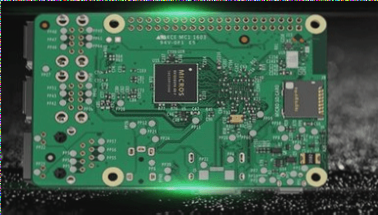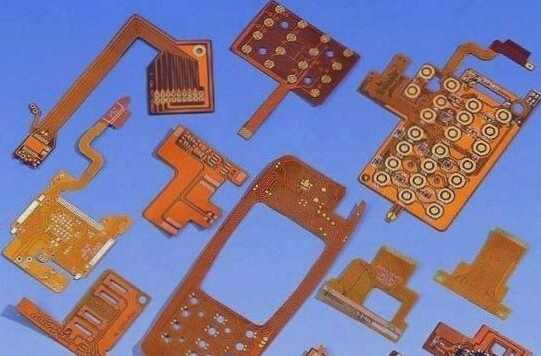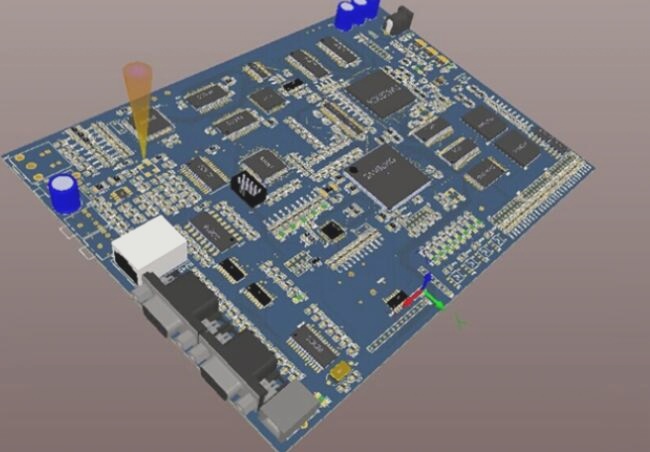Minimizing PCB Stress: Key Strategies
-
Temperature Control:
Lower reflow oven temperature or adjust heating and cooling rates to reduce PCB bending and warping. Be cautious of potential solder shorts.
-
High Tg Materials:
Opt for materials with a higher glass transition temperature (Tg) to enhance the PCB’s ability to withstand stress and deformation, despite the higher cost.
-
Optimal Thickness:
Consider using a 1.6mm board thickness to prevent bending and deformation, especially for applications where thinness is not a strict requirement.
-
Size and Orientation:
Positioning larger circuit boards along the chain edge in reflow ovens can minimize denting and deformation. Orient boards with the narrow edge facing the direction of travel to reduce potential deformation.
-
Utilize Furnace Tray Fixtures:
Use reflow carriers or templates to support PCBs during thermal expansion and contraction, reducing deformation. Consider adding covers to clamp boards for further warping prevention.
-
Panel Separation:
Avoid V-Cuts for sub-board separation to maintain structural integrity. Prefer using routers or reducing V-Cut depth when necessary.
If you require PCB manufacturing services or have any inquiries, feel free to contact us.




